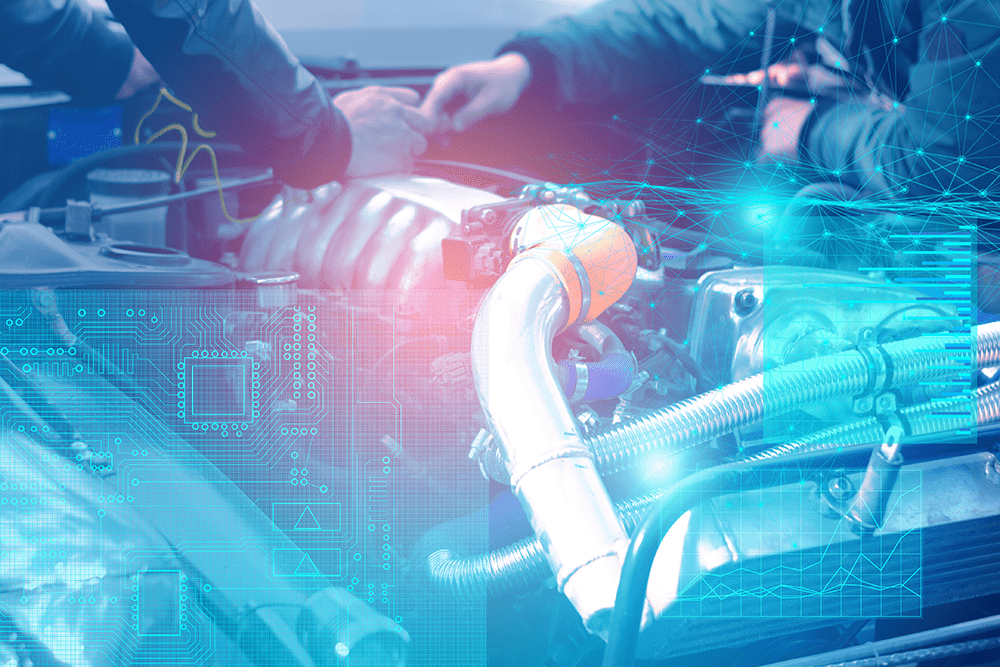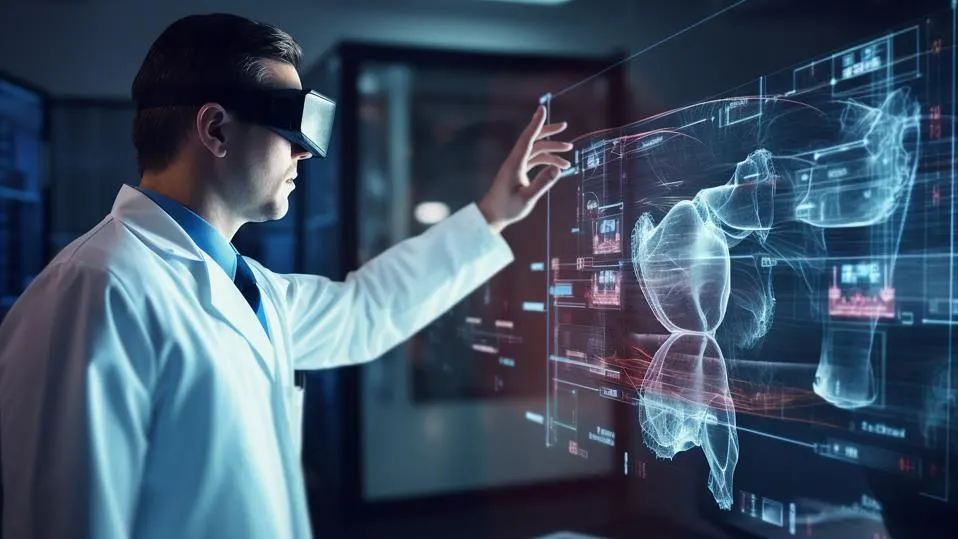Are You Ready for Augmented Reality in your Car?
2 July 2021
Will augmented reality (AR) technology in automobiles become more mainstream than AR headsets or glasses? If current trends continue, that will likely be the case. Augmented reality features are already deployed by several automobile manufacturers and options for aftermarket augmented reality products is growing. Due to the regulatory issues of fully autonomous driving and other constraints that still need to be worked through before autonomous driving technology is widely adopted, it’s a good bet that augmented reality will be the next automotive technology to be seen on the roadways.

Benefits of augmented reality for automobiles
By overlaying crucial information for the driver within their line of sight, augmented reality can improve safety. Instead of a driver needing to look down at the dash or to their phone to get driving data or information, the promise of augmented reality would have the info available on a heads-up display, the windshield or projected on the road ahead in the driver’s line of sight. In addition to helping with navigation and data from gauges, augmented reality can make the driver aware of hazards on the road or other emergency notifications. Through Nissan’s Invisible-to-Visible technology, car drivers in the future could opt to have an augmented reality passenger in the car who can interact with them, perform co-pilot duties, and more.
Augmented reality features used by auto manufacturers today
There are several cars on the road today manufactured by BMW, Chevrolet, Jaguar, Lexus, Mazda, Mercedes-Bez, MINI, Toyota and Volvo that have augmented reality features. Using heads up displays (HUD) these vehicles project data such as speed, gas levels, lane guidance, directions, and more. Some companies are using augmented reality and their mobile apps to create AR owner’s manuals. Drivers can download apps to their mobile device and then use computer vision to identify specific features of the cabin. Then, the relevant information about the cabin’s features is presented to the driver. Currently, there is also a lot of aftermarket HUDs available for drivers to modernise their vehicles, so it’s not necessary to purchase a new model to enjoy AR functionality.
Augmented reality in the future
What driver hasn’t had to react quickly to avoid a crash when another vehicle was in their blind spot? The rearview mirror of the future, using AR technology, will detect a blind-spot threat and actively show a video feed of it in the rearview mirror. Another rearview mirror enhancement of the future will be the “hybrid view” mirror that combines the rear and side view camera images together to create an unobstructed panoramic view of what’s behind you. Rearview mirrors will probably still maintain the reflective glass so that you are still able to see even when the system blows a fuse, or the technology fails.
Similar to Apple’s FaceID, rearview mirrors of the future will have iris scanning to identify a driver. Once a driver is identified, the car will be able to adjust seating, temperature, and music to the driver’s preferences.
HUDs represent the first-generation AR technology for automobiles, but soon essential information is expected to be displayed on the windshield or projected on the roadway. Although this concept was explored as early as the 1980s when General Motors experimented with showing the speed display on the windshield, automakers have primarily focused on HUDs and will ultimately drive when and how this technology is used on windshields in the future.
Nevertheless, it is expected that your vehicle’s windshield will be the heads up display of the future. EyeDrive is one solution, now available for pre-order, that turns any car windshield into a holographic surface. Drivers will be able to access their favourite apps, use voice commands, and gestures to control the system and make phone calls. Concerns about minimising distractions as well as keeping the driver tuned into reality and not falling into “game mode” also need to be addressed as AR for windshields is rolled out. But this application could be very practical for learning how to drive on the road and on the racetrack.
Some of the world’s largest tech companies have not been overtly involved in AR for vehicles, although it seems plausible that Apple, Google’s parent company Alphabet and Tesla and the complementary tech they have already launched would allow them to quite easily create AR tech initiatives for the automotive industry. These would be companies to watch as AR for automobiles evolves.
Related Articles
11 Most Reliable AI Content Detectors: Your Guide To Spotting Synthetic Media
Since the launch of ChatGPT just two years ago, the volume of synthetic – or fake – content online has increased exponentially.[...]
The AI-Powered Citizen Revolution: How Every Employee Is Becoming A Technology Creator
Something remarkable is happening in organizations around the world.[...]
6 Mistakes IT Teams Are Guaranteed To Make In 2025
The next wave of artificial intelligence isn't just knocking at enterprise doors - it's exposing fundamental flaws in how organizations approach technology transformation.[...]
2025’s Tech Forecast: The Consumer Innovations That Will Matter Most
Consumer technology covers all of the tech we buy to make our lives more convenient, productive or fun.[...]
7 Healthcare Trends That Will Transform Medicine In 2025
Healthcare has evolved dramatically in recent years, with technology driving countless new opportunities, just as demographic and societal factors have created new challenges.[...]
The Simple ChatGPT Trick That Will Transform Your Business AI Interactions
I believe ChatGPT and other generative AI tools can help pretty much any business.[...]
Sign up to Stay in Touch!
Bernard Marr is a world-renowned futurist, influencer and thought leader in the fields of business and technology, with a passion for using technology for the good of humanity.
He is a best-selling author of over 20 books, writes a regular column for Forbes and advises and coaches many of the world’s best-known organisations.
He has a combined following of 4 million people across his social media channels and newsletters and was ranked by LinkedIn as one of the top 5 business influencers in the world.
Bernard’s latest book is ‘Generative AI in Practice’.










Social Media